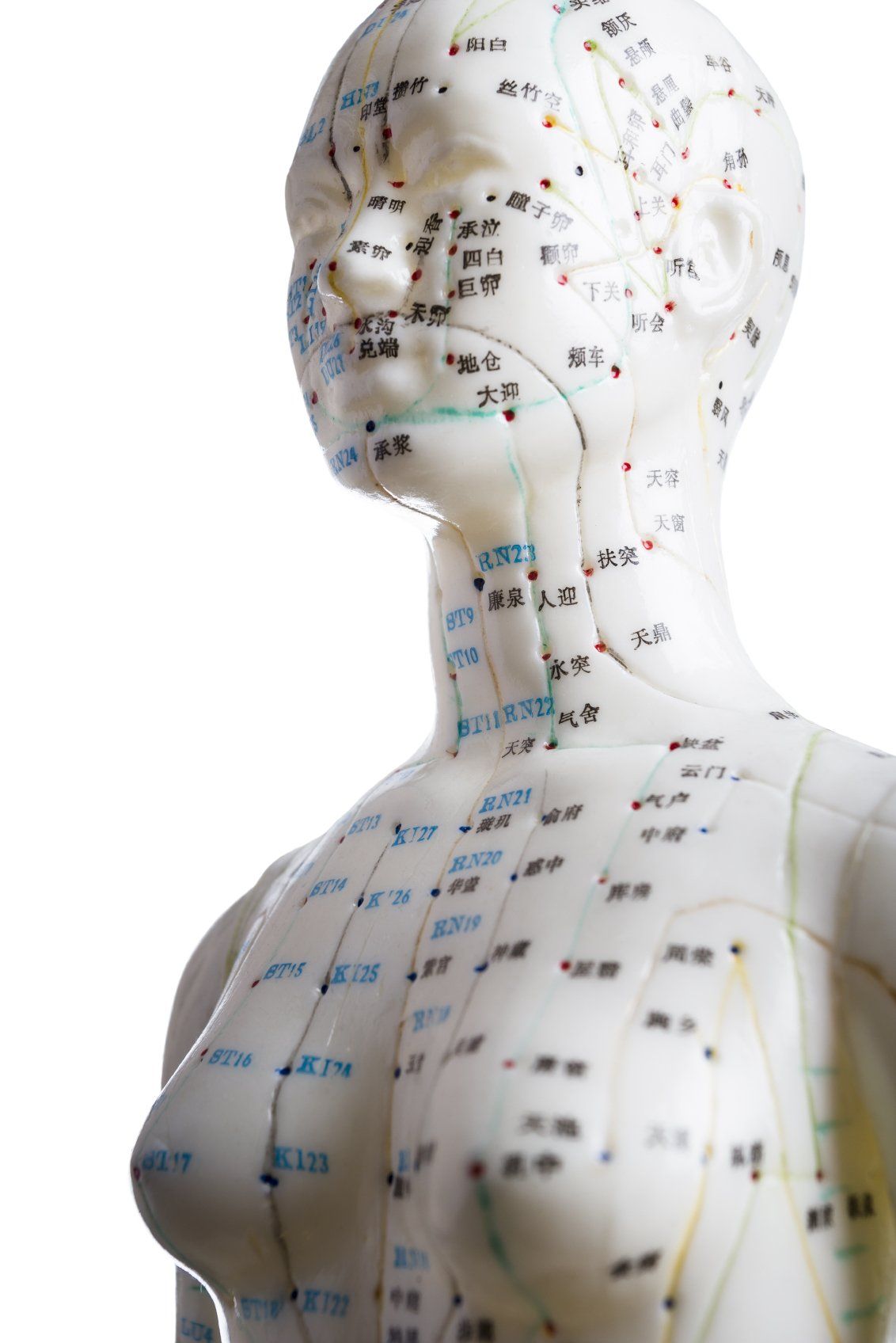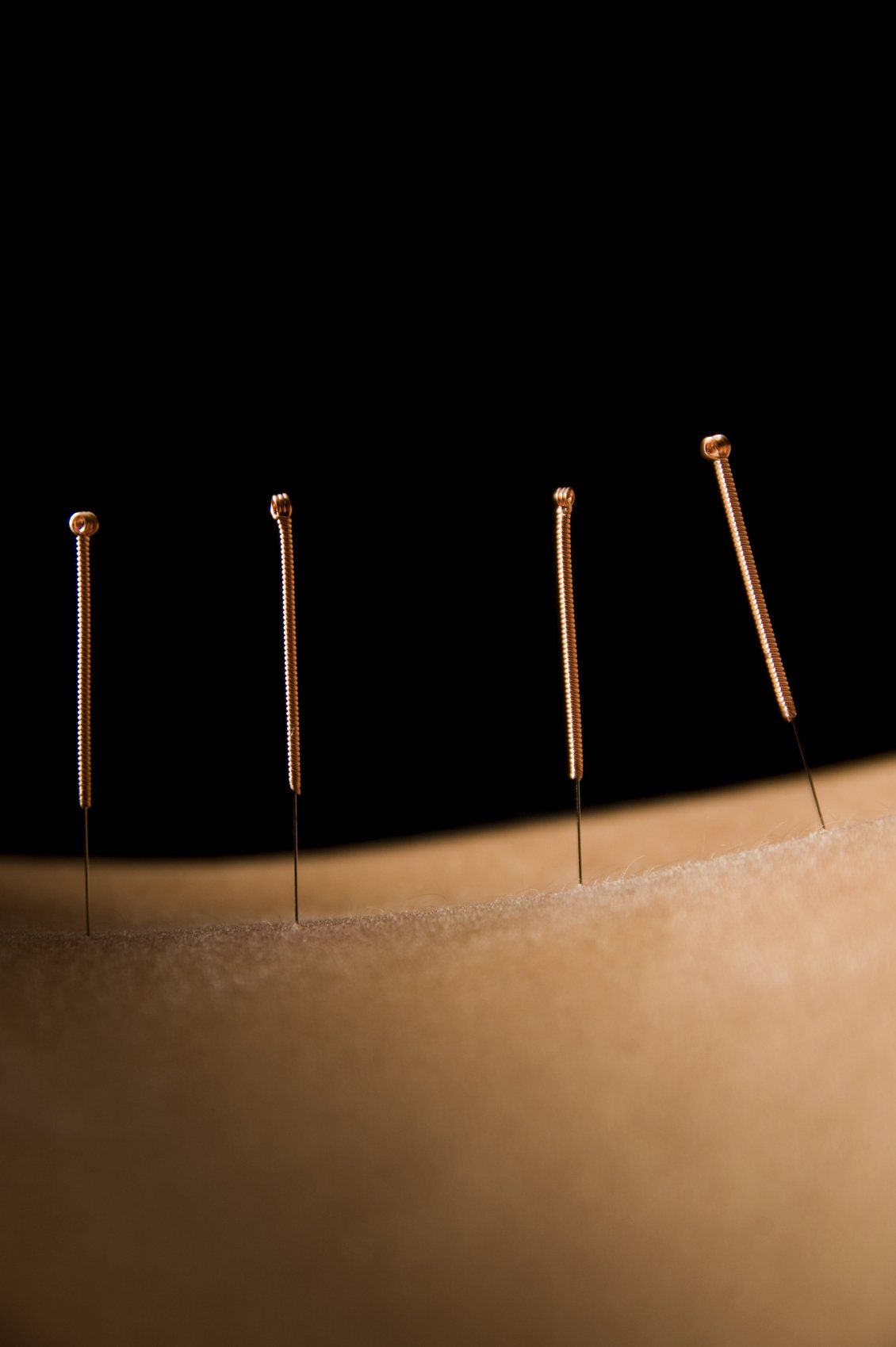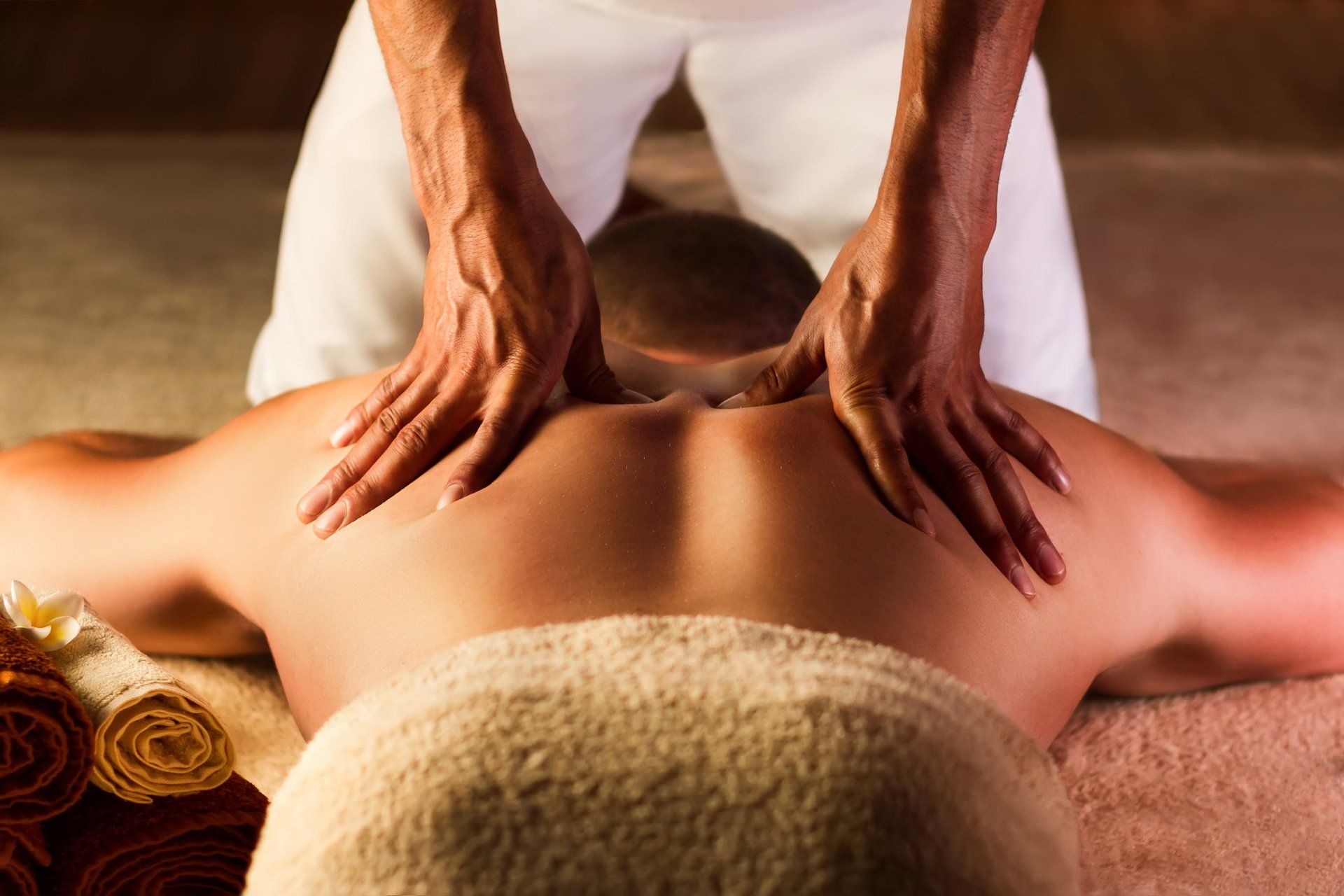We specialise in...
ELECTRO-ACUPUNCTURE
A very low-frequency electrical current (1Hz) is applied to the needle to increase blood flow, relax muscle tissue and clear stagnant Qi(Chi energy);
TUINA (Chinese therapeutic massage)
Used to relieve muscle tension, stimulate acupressure points, opens energy meridians and stimulate the flow of Qi(Chi energy);
CHINESE ABDOMINAL ACUPUNCTURE( Fu Zhen)
Abdominal acupuncture, a truly unique set of points, is considered a micro-system of acupuncture therapy.
Developed by Dr Bo ZhiYun in 1991, it uses a blueprint of a Tortoise or Turtle to reflect the anatomical location of the body parts on the patient's abdomen.
This treatment, with its powerful results and minimal needle sensation, has gained significant popularity in China.
Abdominal acupuncture, a treatment with widespread acceptance due to its effectiveness, is effective for a variety of conditions. These include orthopaedic problems, respiratory infections, coronary artery disease, hypertension, digestive issues, neurological conditions, gynaecological problems, and difficult-to-treat diseases such as Parkinson's, insomnia, depression, diabetes mellitus, eye diseases, obesity, and ear disorders. It has shown particular success in treating painful and chronic conditions, including hemiplegia from wind stroke, providing immediate relief and long-lasting effects, earning it the nickname "Miracle Therapy."
F.U.'s SUBCUTANEOUS NEEDLING (FSN)
It is a therapeutic approach for painful musculoskeletal disorders that originated from traditional acupuncture. This procedure is performed by inserting using a modified trocar needle similar to an I.V. Catheter (soft tube, protecting sheath, and needle core) into the subcutaneous layer around the afflicted spot. This innovative treatment for myofascial pain and trigger points is based on scientific research and clinical findings;
SPIRIT NEEDLING
It is a Classic method recovered from ancient books whereby needling classic acupuncture points in a particular order and in specific geometric patterns on the body, the body's energy field is altered, and resonant frequencies are induced balancing the Qi(Chi energy);
SCALP ACUPUNCTURE
It is performed with a gauge 30/40 needles, and it is used as a standard protocol for anxiety disorders, other mental health and brain-related conditions;
GUASHA - (pronounced gwahshah)
It is a cleansing technique used by many practitioners of traditional medicines.
In guasha, the practitioner uses a stroking action to methodically apply pressure to the skin with a specialised round-ended instrument. This technique causes small red or purple spots (petechiae) called 'sha' to appear. The skin is not damaged in any way, and the redness fades in a few days.
Guasha is used to move blocked "qi" (energy), which is considered the leading cause of pain and stiffness in muscles and joints.
Guasha is a specialist technique and is contraindicated in some instances;
MOXIBUSTION
The application of indirect heat using Moxa (therapeutic herbs) and/or heat lamps warms and relaxes muscles and energy meridians.
Moxibustion is an essential part of Chinese medicine that uses Moxa, a soft woolly substance prepared from Mugwort leaves (Artemisia vulgaris). In moxibustion, the Moxa is placed directly on the skin or held above it over specific acupuncture points or meridians. The herb is lit, and as it smoulders slowly, a therapeutic heat permeates the skin and affects the flow of "qi" (energy) and blood in the area being treated.
Direct moxibustion is more commonly used for specific areas needing treatment. The practitioner shapes the Moxa into a tiny cone and places it directly onto the body before lighting it. The lit Moxa cone is removed as soon as the patient feels any sensation of heat.
Moxibustion is a specialist technique demanding professional clinical judgement and is contraindicated in some instances.
CUPPING
Cupping is an age-old technique used in traditional Chinese medicine to stimulate acupuncture points or larger body areas. Cupping is often practised alongside acupuncture but can also be used as a treatment in its own right.
Cups are rounded and can be made of rubber, glass, or occasionally bamboo. In cupping, the practitioner creates a vacuum inside the cup and quickly places it onto the skin where treatment is needed. The cup is left in place for anything up to 20 minutes. The practitioner will often use several cups in one treatment.
If large body areas need treating, a technique known as 'sliding cups' is used. A thin layer of massage oil is spread over the skin, the cups are then placed onto the body in the usual way and slid along the muscles being treated. This sliding method helps the blood and 'qi' flow more easily in stagnation areas.
Cupping is not painful; however, it can leave reddish patches on the skin, like circular bruises. Although these marks resemble bruises, the muscles have not been traumatised in any way. The redness on the skin indicates a movement in the circulation of blood under and around the cups. Not all cupping will result in redness as this depends on the complaint being treated.
Cupping is a specialist technique and is contraindicated in some instances.;
MASSAGE (Therapeutic/Relaxing)
Therapeutic work and act on the body with pressure is applied with hands, fingers, elbows, knees, forearms, or a device.
Sports Massage:
Indicated for sports individuals, either to keep up with regular efforts or may have suffered injuries, struggling to return to high performance exercise.
Medical acupuncture
It is practised by using basic needling techniques within the framework of a western medical diagnosis to relieve symptoms such as pain and headache.
Trigger point acupuncture
It is practised by osteopaths and physiotherapists to treat muscle-skeletal pain.
Otherwise, you can always look at the British Acupuncture Council's website here to find out whether your condition can be treated.
A growing body of evidence-based clinical research is discovering how the body responds to acupuncture and its benefits for a wide range of common health conditions.
· Acupuncture for Pain Management;
· Acupuncture for Sports Injuries;
· Pain Management Clinic;
· Muscle-skeletal disorders;
· Mental Health Support and other Brain related conditions clinic;
· Depression, Anxiety, Stress and Insomnia (poor sleep);
· Back pain;
· Headache, Migraine and Stress therapy Support;
· Respiratory, Asthma, Rhinitis, Sinusitis, Hay-fever;
· Carpal Tunnel syndrome and general nerve induced pain;
· General and Localised muscle pain;
· Chronic Pain and Chronic Fatigue Syndrome (CFS);
· Fibromyalgia, ME and MS.;
· K-Tapping for Sports Injuries - Kinesiology Tape;
· Several other conditions, please inquire us about it.
Are there any side effects?
Occasionally a small bruise can appear at a needle site. Sometimes people can feel dizzy or tired after a treatment, but this passes quickly.
PATIENT NOTICE
(regarding our risk policy) :
As our risk policy was reviewed in the beginning of April 2022 and due to airborne respiratory pathogens high potential risk to many of our high-risk patients and staff, which consequences could bring severe damage our SME healthcare business, this is why we chosen to continue to cover PPE face cover in our risk assessments. This is as well, stated in this same UK Gov Guidance regarding
Reducing the spread of respiratory infections in the workplace.





















